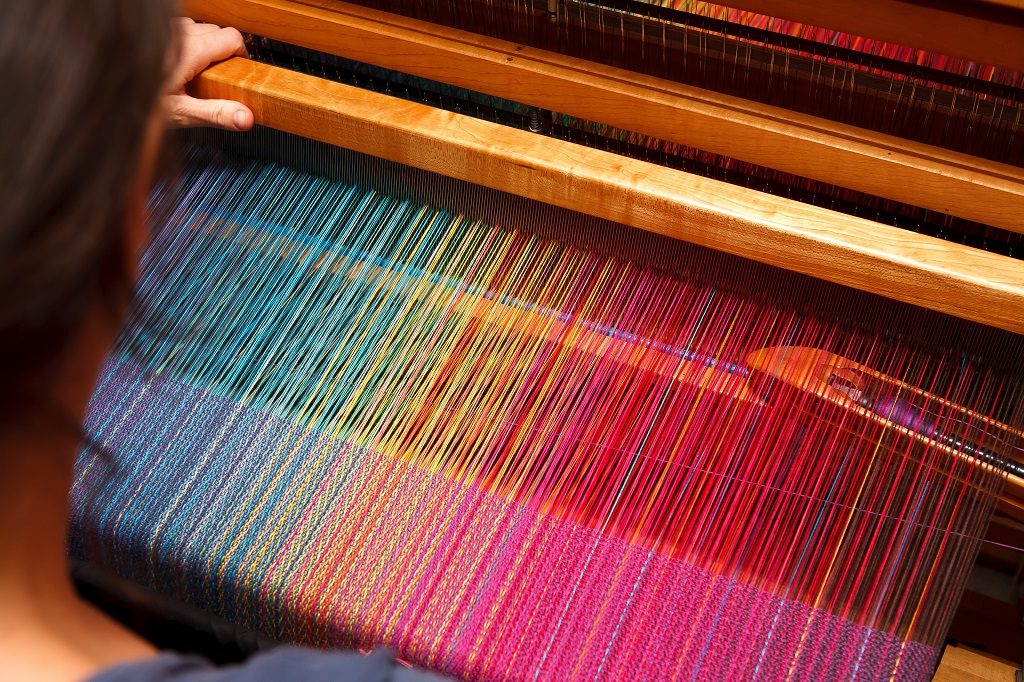Cottage Industry
The Resilient Allure of Cottage Industries: Nurturing Tradition in a Modern World
What is a Cottage Industry?

A cottage industry business is a small manufacturing business typically operated from the home or a small workshop, usually by family members or a close-knit community. The term “cottage industry” refers to when skilled craftsmen and artisans crafted goods within their cottages, utilizing their own equipment and resources.
Cottage industries are often small-scale, family-run small businesses that have a rich history dating back centuries and continue to play a significant role in various economies worldwide.
This article delves into the essence of cottage industries, exploring the origin, operation, advantages, disadvantages, and relevance in historical and contemporary contexts.
Key Highlights
- Cottage industries, marked by family-run operations and handcrafted goods, preserve heritage skills in textiles, clothing, and food production sectors.
- After the Industrial Revolution, modern cottage industries utilize online platforms to share artisanal creations globally, reviving appreciation for unique, high-quality products.
- Vital in developing nations, these industries offer rural employment, diversifying economies beyond agriculture while safeguarding traditional expertise for a more vibrant and inclusive future.
How Cottage Industries Work

Cottage industries revolve around the principle of decentralization. Unlike large factories of the Industrial Revolution, where mass production and the factory system dominated, these industries involved producing goods on a smaller scale, often catering to niche markets. This personalized approach allows for higher quality and attention to detail.
The “putting-out system” was a common practice in cottage industries in earlier centuries. This involved a merchant providing raw materials to rural workers, who would take raw materials and then produce finished goods in their homes. The merchant later collected these goods for distribution in local markets.
With the advent of the Industrial Revolution, centralized factories and assembly production took center stage, relegating cottage industries to the background. However, cottage industries persisted in many areas despite this shift, focusing on handmade goods and niche markets that valued uniqueness and quality.
Advantages and Disadvantages
A cottage industry offers several advantages that contribute to its enduring appeal, along with its fair share of challenges.
| Advantages | Disadvantages |
|---|---|
| Personalization: Cottage industries excel at producing unique, custom-made items that cater to customers' specific tastes and preferences. | Small Scale: Due to the size, a business may need help to produce and meet demand, a significant disadvantage to the factory system. |
| Cultural Heritage: Many businesses preserve traditional crafting techniques, passing down skills from generation to generation and keeping cultural heritage alive. | Economic Pressures: In a competitive market, family-run enterprises might find it challenging to compete with mass-produced goods in terms of pricing. |
| Flexibility: Industries are often more adaptable to market changes and trends, allowing for quick adjustments in production and design. | Technological Gap: As technology advances, industries may need to balance preserving traditional methods with adopting modern tools to remain relevant. |
| Local Economy: These small workshops contribute to local economies by creating jobs and utilizing local resources, fostering community development. | Marketing Reach: Unlike large corporations, cottage industries may have limitations in reaching a wider audience due to their smaller marketing budgets. |
Cottage Industry Examples
Several industries fall under the cottage industry umbrella, such as the textile industry, which was well established before the Industrial Revolution. For example, in South America handloom weavers and silk weavers often work from home, producing intricately crafted fabrics and textiles that are appreciated for their artistry.
Examples of the carpet-making industry can be found in a country like India or Turkey, where skilled artisans create exquisite carpets using traditional techniques. The small scale of production makes it a niche market with highly desirable products.
Garment-making involves artisans working from their home workshop or small business to produce clothing. There is often attention to detail, focusing on designs that stand out from mass-produced options.
Food production offers many great examples. In many developing countries, farmers complement the industries of homemade jams, preserves, and baked goods, tapping into local markets with their fresh and distinctive offerings.
From art, jewelry, and musical instruments, craftspeople and other trades with the right know-how, time, and raw materials can create unique goods that discerning consumers want.
Why was the Cottage Industry Important?
Historically, the cottage industry was a lifeline for families, businesses, and communities, providing a source of income and employment.
Before the Industrial Revolution, most manufacturing was led by enterprises within the domestic system, encompassing cottage industries. This decentralized approach allowed families to supplement their incomes while maintaining agricultural practices, as was common in rural areas.
As we transitioned to the factory system during the Industrial Revolution, the significance of cottage industries shifted. While factories brought about increased production and economic growth, cottage industries continued to thrive in their niches, preserving craftsmanship and producing goods that catered to specific market tastes.
Cottage Industry in History

The first cottage industries were pivotal in pre-industrial economies. For instance, the clothing and textile industries flourished through cottage industries during the Middle Ages.
The spinning and weaving of wool and other fibers were done at home, contributing to the development of the local economy. This practice also extended to silk weaving in various countries including those in Asia and Europe.
Cottage Industry in Developing Countries
In many developing countries, cottage industries are a significant part of the country’s economic landscape. These industries provide employment opportunities for local communities, especially in rural areas where factory systems might be absent.
Cottage industries offer a way for people to utilize their skills and resources to earn a livelihood, all while preserving traditional production methods.
Modern Cottage Industries
The concept of cottage industries has evolved. While demand of various sectors necessitates factories, there has been a resurgence of interest in handmade and artisanal goods.
Modern cottage industries leverage the power of the internet to reach a global audience, utilizing platforms like Etsy and social media to showcase and sell their unique products to niche markets. This shift aligns with a growing appreciation for authenticity, quality, and the stories behind the products we consume.
Conclusion
Cottage industries are a testament to the enduring appeal of personalized craftsmanship, tradition, and quality in a world driven by mechanical production and technology.
These small-scale, family-run businesses maintain a link to history while adapting to the demands of the modern market. While they might face challenges competing with industrial-scale production, their ability to provide unique, handmade goods and contribute to local economies ensures their continued relevance.
As we celebrate innovation and progress, let us remember the beauty and value that small businesses and cottage industries offer us.
Related Resources
Create a free account to unlock this Template
Access and download collection of free Templates to help power your productivity and performance.
Already have an account? Log in
Supercharge your skills with Premium Templates
Take your learning and productivity to the next level with our Premium Templates.
Upgrading to a paid membership gives you access to our extensive collection of plug-and-play Templates designed to power your performance—as well as CFI's full course catalog and accredited Certification Programs.
Already have a Self-Study or Full-Immersion membership? Log in
Access Exclusive Templates
Gain unlimited access to more than 250 productivity Templates, CFI's full course catalog and accredited Certification Programs, hundreds of resources, expert reviews and support, the chance to work with real-world finance and research tools, and more.
Already have a Full-Immersion membership? Log in





